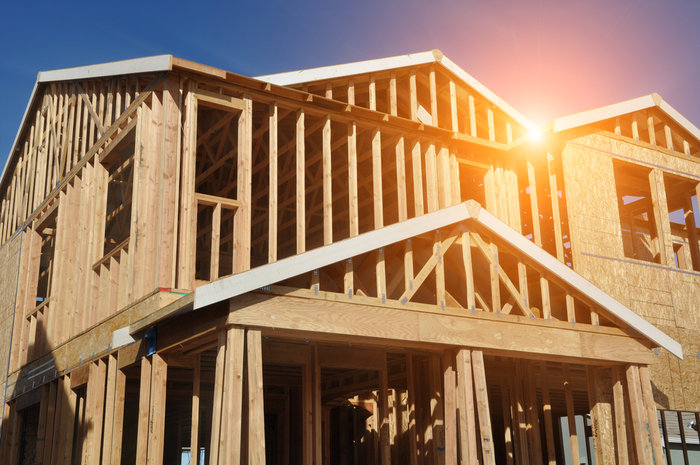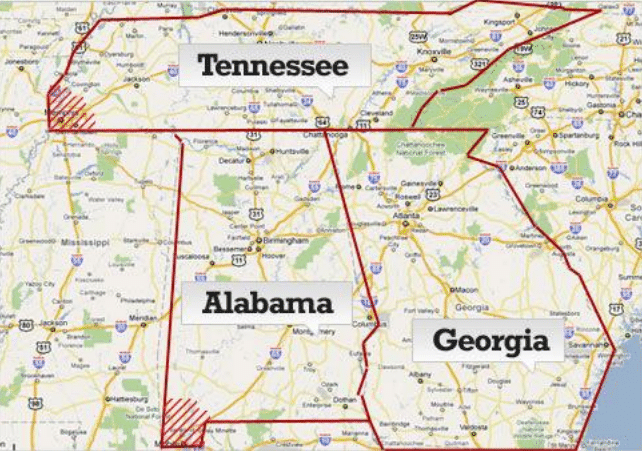RCN Capital Appears on the Inc. 5000 List of the Fastest-Growing Private Companies
RCN Capital, the leading nationwide private lender for real estate investors, has been named on the 2022 Inc. 5000 list, the most prestigious ranking of the fastest-growing private companies in America, ranking No. 2083. RCN Capital also ranked No. 119 on the Inc. 5000 Regionals Northeast list earlier this year. “In such a dynamic fast-growing US economy that the Inc. 5000 tracks, it is truly humbling to be added to
Read More










